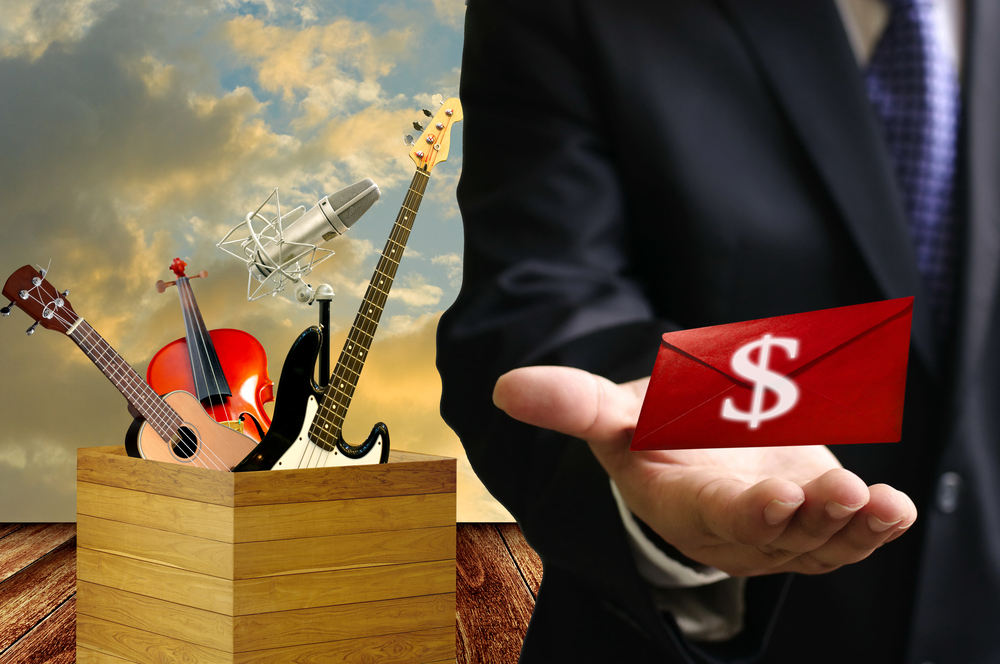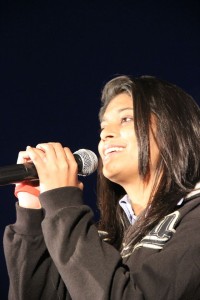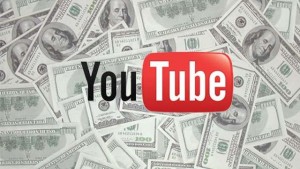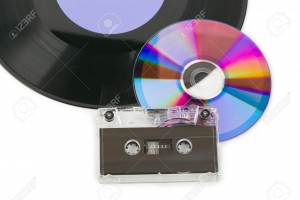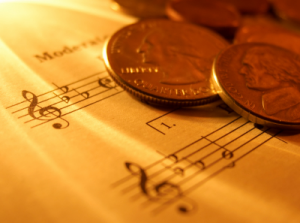In this blog post, Soumya Deshawar, a student of University of Petroleum and Energy Studies, writes about the need for performer’s rights, the different types of music royalties, how they are distributed and concludes with how performer’s rights can be protected in India as well as internationally.
Being a musician is not confined to the simple tasks of writing a song, recording an album, selling it, and earning money from your sales. For an independent musician who is trying to make a living with his/her music, it’s vital that he understands what kinds of royalty streams are out there available to him as rights.
Talking in a very general sense, each work of music consists of two “sides”; the “Master”, and it’s “Publishing Side”. The Master in general refers to everything that is audible in a song, i.e., the mp3 version of a song, or anything that you upload on YouTube, etc. whereas, the publishing side consists of the basic skeleton of the musical composition, which includes notes, melodies, chords, rhythms, lyrics, etc. Both “sides” of musical work generate their own royalties. If one is recording a song, then he has the right to both the “Master” and the “Publishing Side” royalties.
Even the “free” music that we hear on YouTube actually creates a royalty for the owner of the music, every time we click on a particular video. Behind all of it, a complete royalty system runs.
The Master generated royalties and the Publishing generated royalties have broadly been divided into:
- Master-generated royalties
- Recording royalties from download sales and streams
Recording Royalties
It is the most basic royalty that artists and labels get every time their master recording is being downloaded or streamed from any online portal.
Process of distribution of Royalties
The royalties are collected by a distributor directly from the stores or the streaming platforms on behalf of the relevant labels. The label of the artist will then collect these royalties from the distributor and then, distribute it to the artist. If an artist doesn’t have a label, then he may directly collect his royalty from the distributor.
Royalties from YouTube recording
YouTube, which is the world’s largest and most often used platform for listening to music and of course, for sharing videos, creates opportunities for the master rights holders (labels or performing artists) to earn royalties every time their recording is being played or streamed within a YouTube video, if such a video has some sort of an advertisement attached to it. YouTube earns the revenue from its advertising partners and then shares it with the musicians and the music rights’ owners who help the site to generate billions of views.
It is to be clarified that the owners of the publishing rights also receive money from YouTube, but YouTube sends a portion of the royalty to Performing Rights Organizations (PROs) which is described later.
YouTube collects royalties through Content ID, an incredible technology that creates an audio fingerprint of the recording, absorbs it into YouTube’s database, and then tracks every single time someone uploads or streams that recording. This means that whenever someone uploads a video with a song that was already in the YouTube’s database, without getting the permission of the right holders, YouTube tracks it, throws an advertisement on such video and monetizes it on the owner’s behalf.
Such royalties can be collected directly from YouTube. But, there is a massively long waiting list, and most applications go unanswered. There are some companies that collect YouTube recording royalties.
Neighboring rights royalties
Neighboring rights, also known as “related rights,” is a term in copyright law, which is used to describe the rights of the performers and master recording owners of both kinds of royalties, either related to Performer’s Rights, or Neighborhood Rights. These are earned through public performances or broadcasts of music. The only difference is that the performance rights refer to the right to publicly perform the musical compositions whereas; the neighboring rights refer to the right to publicly perform the sound recording of such compositions. Neighboring Rights are named so, because they are ‘related to’ performance rights in the field of music publishing, or the rights to publicly perform a recorded composition.
Procedure of collecting Royalties in case of Neighboring Rights
The royalties of neighboring rights are collected by the neighboring rights collection societies. To collect the neighboring rights royalties, it is essential for a rights holder to register his/her individual master recordings directly with each collection society in the territories in which he/she is getting radio play.
If one is a sound recording owner and his/her master recordings are being publicly performed or broadcasted on the following media, then, he/she and the artists performing on those recordings will have the right to earn royalties from the neighboring rights.
If one’s music is being played on the following platforms, then he/she is earning the neighboring rights royalties:
- Pandora (or any internet radio platform)
- BBC Radio, Sirius XM (or any satellite radio platform)
- Cable TV music channels
- Terrestrial radio outside of the USA
- Businesses and retailers as background music (i.e. restaurants, retailers, hotels, etc.)
- Live in clubs or performance venues
- Various new online media as digital music technology changes and develops
It is to be realized that just because one’s recordings are getting well sold in any given territory does not mean that he/she is earning royalties from neighboring rights. Neighboring rights royalties are earned when one’s master recordings are publicly performed and broadcasted and not “sold”. If there is a large raise in the sales in any particular territory, then, this might be an indication that the radio play has occurred. So, the note of significant increases in sales should be taken by any neighboring rights administrator.
If one is a performing artist and knows that his/her recordings are getting radio airplay, then, he/she must talk to his record label who released his/her music. It should be seen if the label has already been collecting such royalties for him/her or if he/she need to get on board with this to collect these royalties himself/herself.
Performance royalties
Performance royalties are earned when a musical composition is broadcast or performed publicly in some or the other way. One is entitled to earn performance royalties when his/her songs are being broadcast or publicly performed.
A person is definitely earning performance royalties if his/her song is:
- Played on internet radio (like Pandora)
- Played on terrestrial radio (i.e. 93.3 FM, 100.7 FM, etc.)
- Played on online streaming services like “Spotify”
- Performed at live venues or clubs (whether by you as a performer on your tour, a well-known DJ in a club in Sweden, or a cover band in a pub in Nashville)
- Played in businesses and retailers of all kinds (hotels, restaurants, retail stores, big offices, etc.) as background music
- Broadcast on TV (whether on an episode of a TV show, a sports channel in passing, or in an advertisement for another brand)
Royalties incurred from performance are definitely a type of special royalty. Just because one is distributing his/her music with a digital distributor like Symphonic doesn’t necessarily mean that he/she is earning royalties from performance. But a person can increase his/her chances of earning them in many different ways.
Process of collecting them
For collecting the maximum performance royalties a person deserves from the PROs, he/she needs to affiliate him/herself as a writer and register his/her compositions with all the PROs in the territories in which he/she is generating performance royalties. This can be made possible through the system of Symphonic Distribution.
Mechanical royalties
These royalties are earned per-unit when a song is sold on a physical medium that is “mechanically reproduced”. For example: Vinyl or physical CDs. Nowadays, these include digital downloads and also internet streaming.
Process for collecting mechanical royalties
These royalties are collected from the mechanical collection societies (MSCs). All the major world territories have at least one mechanical collection society.
A person is entitled to earn mechanical royalties when his/her song is:
- Manufactured and sold on physical CDs or vinyl products
- Reproduced and sold as ringtones
- Streamed through interactive streaming services (Spotify, Rdio, Beats, etc.)
- Sold in digital retailers for digital downloads (iTunes, Beatport, Amazon, etc.) outside of the USA
If a person is distributing his/her music to stores and other platforms worldwide using some system of digital music distributor like the Symphonic Distribution, and if he/she is seeing sales and streams result, then he/she is definitely earning the mechanical royalties.
The MSCs make it difficult for independent songwriters (the ones who are not signed with a publisher) to collect the mechanical royalties which they are entitled to. Many such agencies, like the Harry Fox Agency in the USA, don’t let unsigned songwriters to collect their mechanical royalties. Again, a person needs to affiliate himself as a writer and register his compositions with every single mechanical collection agency in the territories he is generating high download sales and streams in order to collect the maximum mechanical royalties he deserve from these agencies.
Print royalties
These royalties are earned when a composition is recorded onto sheet paper for broadcast, printed in songbooks, and published for the general section of people to purchase and play a person’s music at home on their personal instruments for recreation. Such royalties are applicable to a songwriter only if he/she has a radio hit of Top 40.
Conclusion
The legal scenario in India has been proven to be scarce in terms of protecting the numerous rights that the performers have in their performances. The present pace of technological change, the unprotected folklore in India and the interconnected entertainment market have given rise to the need for this protection to be more impenitent. India has a number of stakes for the creation of robust rights for protecting the performers’ rights. These rights of the performers in India are now being protected under the Indian Copyright Law.
Neither of the treaty for the protection of performers’ rights on the International perspective is self-sufficient in encapsulating the same. These may be found out by a comparative reading of the Rome Convention (Producers of sonograms and Broadcasting Organizations, Protection of performers and the WPPT (WIPO Performances and phonogram Treaty).



